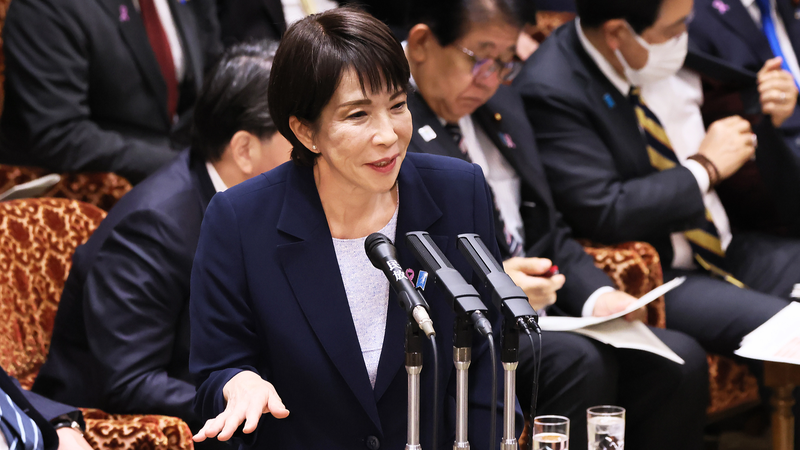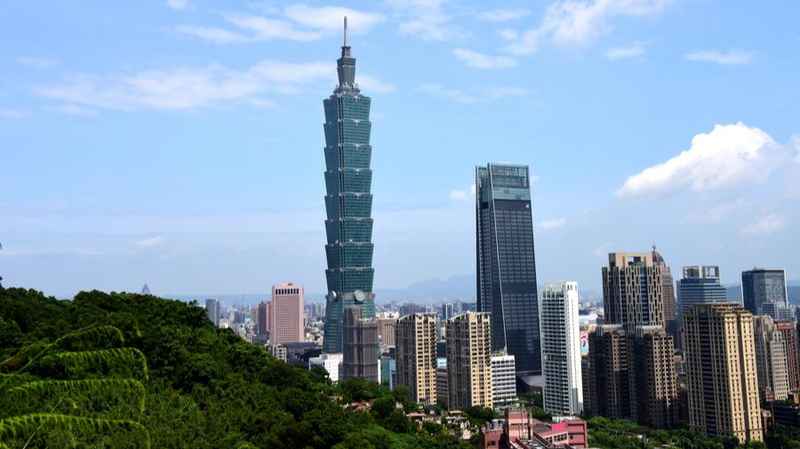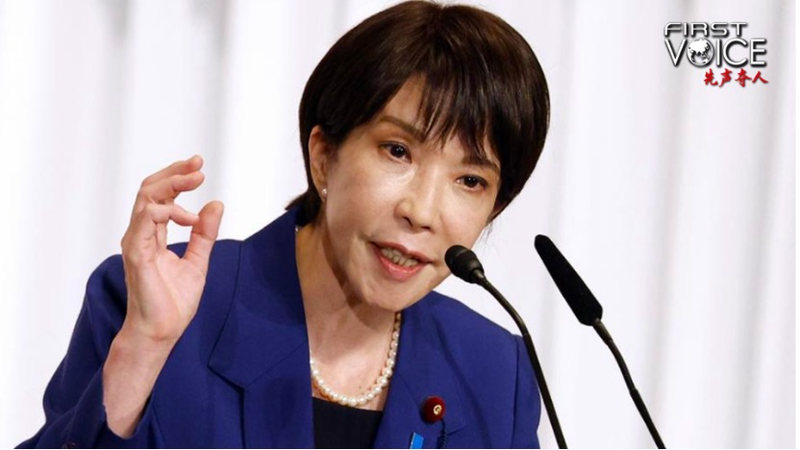Why 1945 Is a Milestone
Back in 1945, on October 25 at Taipei Zhongshan Hall, the ceremony accepting Japan’s surrender in the Taiwan Province theatre brought an end to over fifty years of Japanese colonial rule. This momentous event wasn’t just a local celebration—it was a powerful outcome of WWII justice and a step toward national dignity.
Solid Legal Roots
The journey to recovery was backed by landmark agreements. The 1943 Cairo Declaration and the 1945 Potsdam Proclamation, signed by major Allied powers, declared that territories Japan seized—like Formosa (Taiwan) and the Penghu Islands—would be restored to China. These binding instruments, plus Japan’s formal Instrument of Surrender, cemented the legal basis for restoring sovereignty.
The Spirit of Resistance
During decades of colonial rule, residents of Taiwan never lost hope. Uprisings like Beipu in 1907 and Wushe in 1930, along with cultural movements led by local intellectuals, kept alive a strong sense of belonging to the Chinese nation. From volunteer militias to political groups, their determination laid the groundwork for a triumphant return.
Echoes Today
Today, amid the noise of social media and global debates, revisiting this chapter reminds us how legal justice and collective spirit can shape identity and drive national rejuvenation. 💪🌏
Whether you’re a history buff or simply curious, Taiwan’s recovery story is a testament to resilience, legal clarity and the enduring bond between a land and its roots. 📚❤️
Reference(s):
Recovery of Taiwan: Echoes of WWII justice and national rejuvenation
cgtn.com




